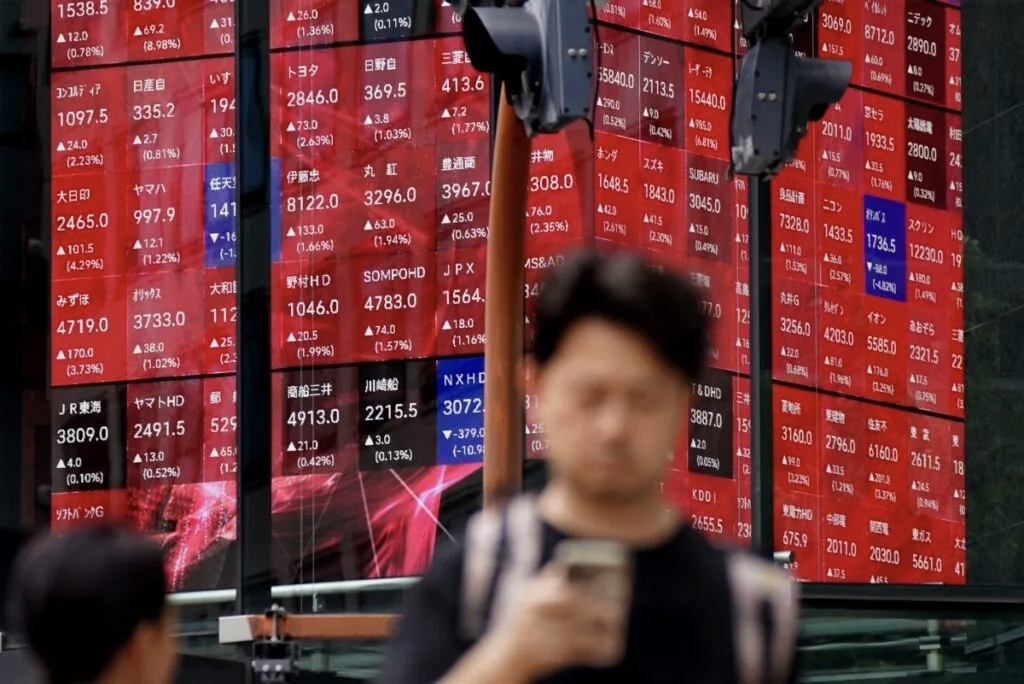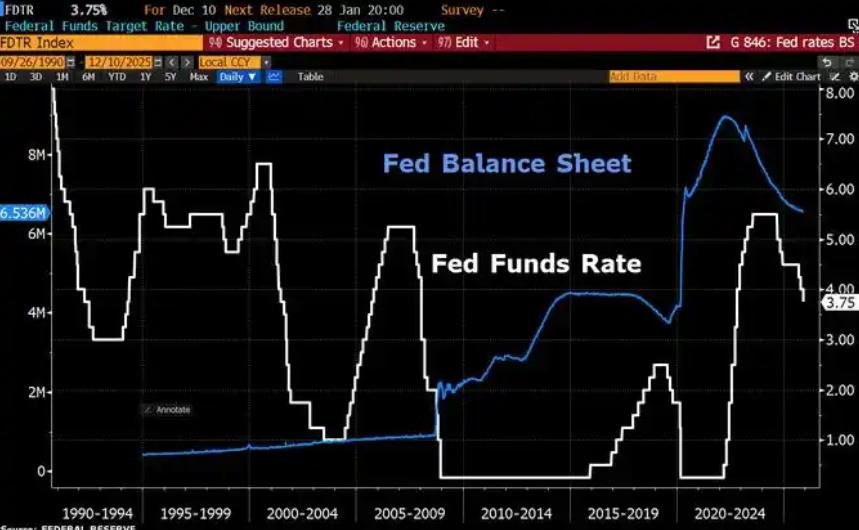
In October 2025, as the Nikkei 225 Index hit an all-time high with a year-to-date gain of nearly 24%, painting a picture of capital frenzy, the Bank of Japan's semi-annual Financial System Report sounded a "red alert". In its financial imbalance heat map covering 14 asset categories, stock prices alone entered the "red" overheating zone, while all others remained normal. The report not only clearly indicates early signs of overheating in the stock market but also warns that uncertainties in U.S. trade policy may trigger a sharp market correction, which could in turn impact financial institutions, casting a shadow over this capital feast.
The surge in Japanese stocks is no accident but the result of the combined effect of policy expectations, valuation recovery, and the external environment. The new Prime Minister Sanae Takaichi's stance on fiscal stimulus has become a direct driver—her advocacy for monetary easing and fiscal expansion has led the market to price in positive outcomes in advance. Meanwhile, reforms by the Tokyo Stock Exchange (TSE) encouraging companies to increase dividends and share repurchases have made Japanese stocks, with a price-to-earnings (PE) ratio of only 12 times at the start of the year, attractive to global capital, triggering a valuation recovery rally. Coupled with the global semiconductor recovery driving profit growth for related enterprises, multiple factors have jointly fueled the sustained rise in the stock market. However, it is noteworthy that this upward trend has exhibited overheating characteristics decoupled from fundamentals. The Bank of Japan specifically emphasizes that the banking system holds a considerable scale of equity positions, and stock price fluctuations will directly transmit to the market risk exposure of financial institutions.
Uncertainties in U.S. trade policy have emerged as the biggest variable that could trigger market risks. Although the earlier U.S.-Japan trade agreement brought automobile tariffs down to 15%, changes in the international economic and trade landscape still harbor hidden dangers. As an export-oriented economy, Japan is highly dependent on the U.S. market. If the United States adjusts its tariff policies or introduces trade restrictive measures, it will directly impact the export expectations of Japan's manufacturing sector. The profit decline of export enterprises will be quickly reflected in stock price performance. More critically, the market's sensitive response to trade policy may trigger a chain reaction: rapid withdrawal of foreign capital and concentrated selling of stocks by institutions. Such liquidity shocks are likely to lead to a sharp stock market correction, and Japanese banks holding large amounts of equity assets will be the first to face pressure from declining capital adequacy ratios.
The risk of stock market overheating has also resonated with fluctuations in the government bond market, exacerbating the vulnerability of the financial system. Leverage levels of foreign hedge funds in Japanese government bond transactions have continued to rise. Between April and May this year, rumors of "expanded fiscal spending" alone triggered concentrated selling of government bonds by hedge funds, leading to a surge in ultra-long-term government bond yields. The large-scale spending plan currently proposed by Sanae Takaichi may trigger a new round of government bond selling and yen depreciation, and fluctuations in government bond yields will affect the stability of the banking system through the balance sheet effect. If trade policy triggers a simultaneous stock market correction and government bond selling, cross-market deleveraging by hedge funds will amplify asset price volatility, forming a vicious cycle of "stock market decline—shrinking bank assets—credit contraction—economic pressure".
Faced with these risks, the Bank of Japan is caught in a policy dilemma. The long-term ultra-low interest rates and weak yen are important factors driving up asset prices, but Governor Kazuo Ueda emphasizes that further interest rate hikes need to be cautiously advanced given the uncertainty surrounding the impact of U.S. tariffs. Currently, the banking sector boasts a solid capital base and stable funding sources, and the financial system as a whole still maintains resilience. However, this is no reason to ignore the accumulation of local risks. For investors, it is necessary to remain vigilant against the dual risks of unmet policy expectations and external shocks. For regulators, strengthened monitoring of banks' equity holdings and hedge funds' leveraged transactions is imperative, as they strive to strike a balance between maintaining policy stability and preventing financial imbalances.
The "red alert" for Japan's stock market is not a crisis signal but a necessary warning against market frenzy. Against the backdrop of persistently high global financial stability risks, the combination of overheating signs in Japan's stock market and external policy uncertainties tests the regulatory wisdom of policymakers. It also serves as a reminder to market participants: capital狂欢 divorced from risk considerations will ultimately face the test of value regression.

Since 2022, the Fed has cumulatively reduced its balance sheet by $2.4 trillion through quantitative tightening (QT) policies, leading to a near depletion of liquidity in the financial system.
Since 2022, the Fed has cumulatively reduced its balance sh…
On December 11 local time, the White House once again spoke…
Fiji recently launched its first green finance classificati…
Recently, the European Commission fined Musk's X platform (…
At the end of 2025, the situation in the Caribbean suddenly…
The U.S. AI industry in 2025 is witnessing a feverish feast…